Object Record
Images

Metadata
Title |
Plaster Mold |
Object Name |
Mold |
Collection |
Decorative Plaster Collection |
Catalog Number |
2013.5.1089 |
Description |
Master Mold with four impressions: identical flower rosettes |
Context |
These bitumen molds were once used to create plaster ornament for buildings. The use of such molds dates back to the 1700s and the invention of composition plaster. This plaster's ability to be formed off site made prefabrication of decorative elements possible, which was easier for workers. These molds are made from bitumen, a black, semi-solid substance derived from petroleum. The substance was poured over a carved sculpture and set into the design to create each mold. Today, bitumen is used as a sticky binding agent for asphalt pavement. Throughout the nineteenth and twentieth centuries, molds like these helped architects and designers decorate rooms with elaborate classical swags and urns; peacocks and flowers; cornucopia and fawns, in homes and public buildings around the world. Today, plaster casting is done with plastics and other modern, precision materials, making these molds and wooden trays part of the history of architectural ornament. |
Currently On Display In |
Visible Vault: Open Collections Storage |
Date |
19th Century |
Donor |
Elias Nassim |
Dimensions |
H-6 W-20.5 D-2.5 inches |
Lexicon Category |
4: Tools & Equipment for Materials |
Search Terms |
flower floral rosette circle round |
